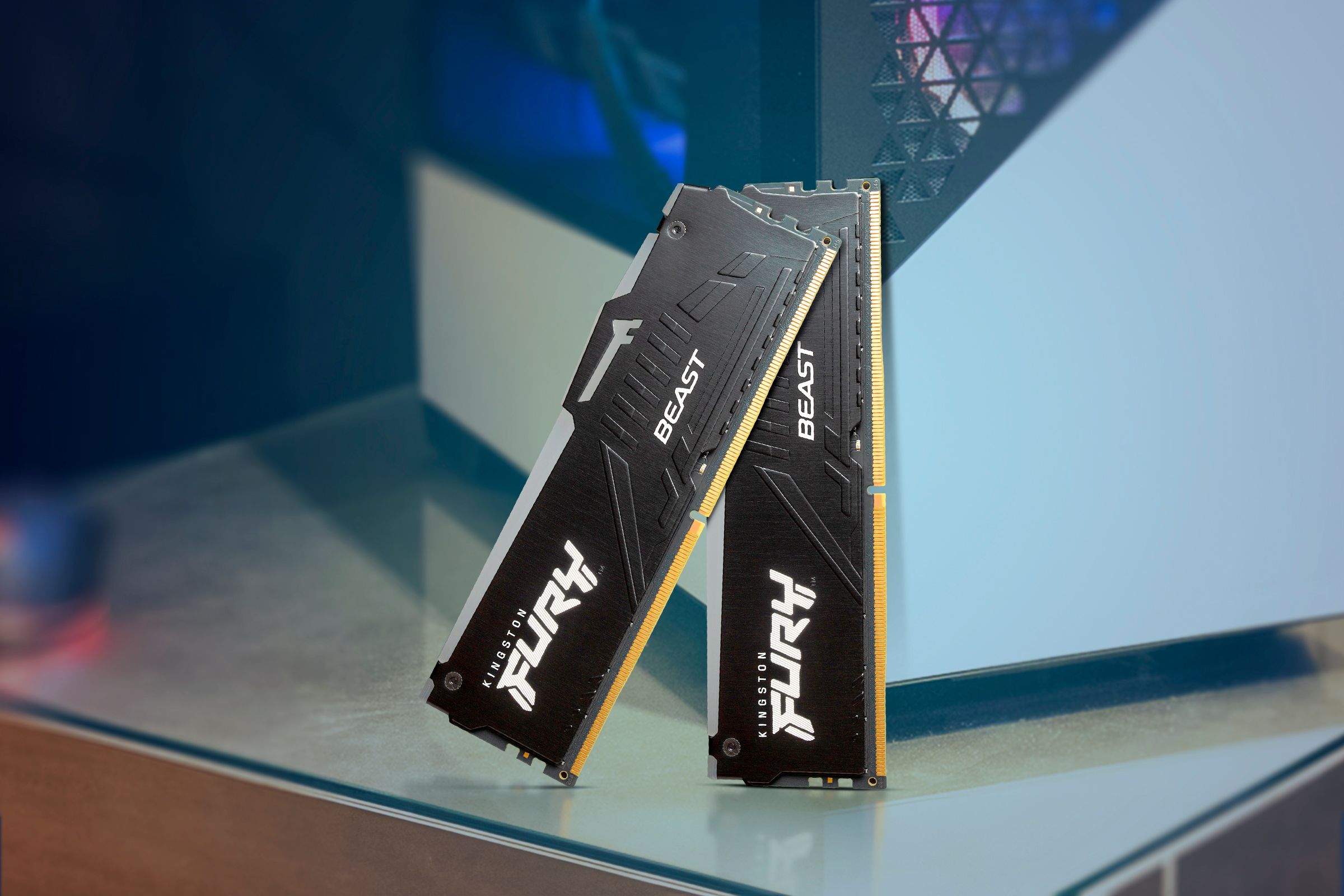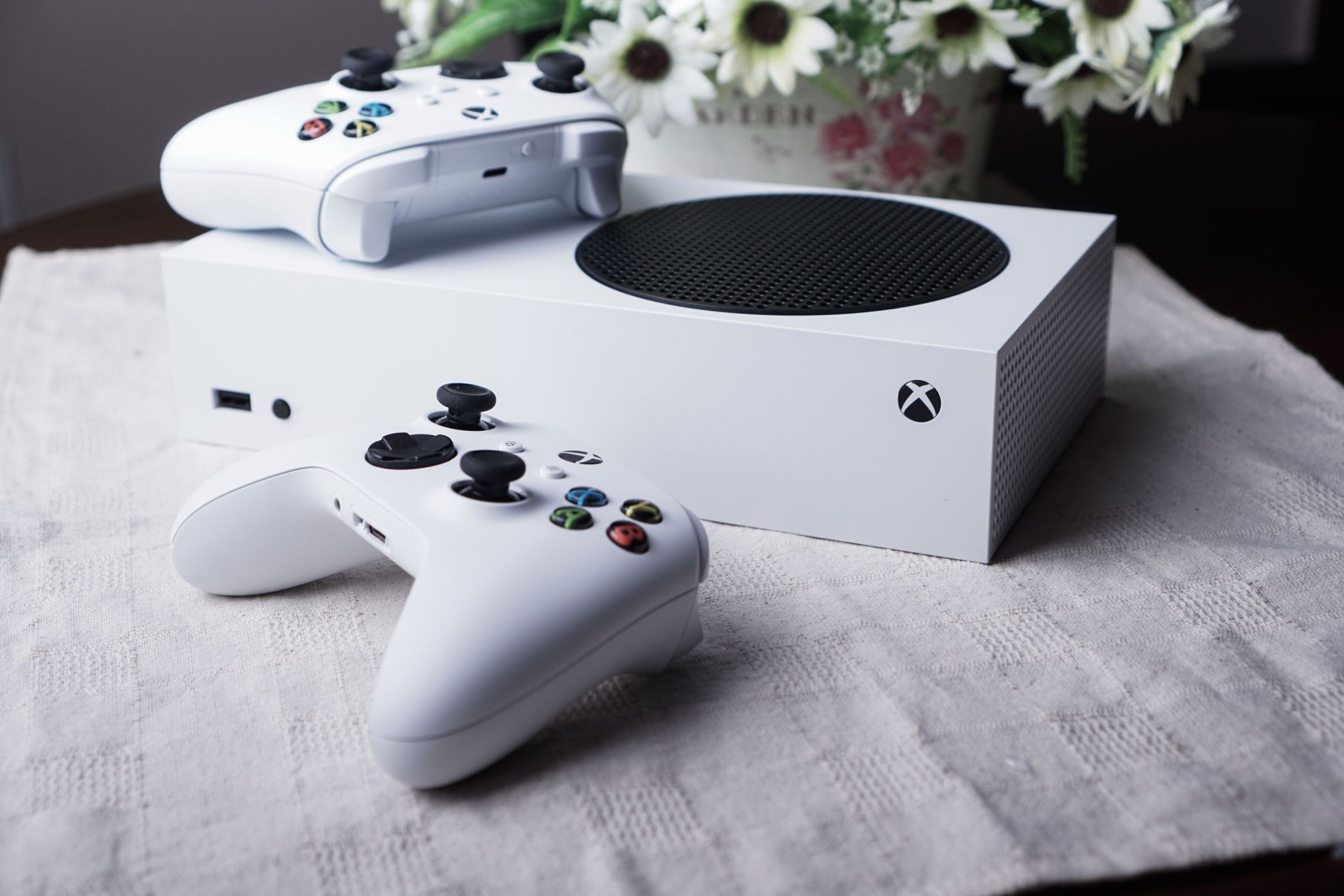6 Foldable Phone Misconceptions Busted
Android
Quick Links
-
Foldables Don’t Last as Long
-
Foldable Smartphones Aren’t Water Resistant
-
Foldables Have Distracting Display Crease
-
Foldables Are Bulky and Don’t Fit Into Pockets
-
Foldables Don’t Have Good Cameras
-
Foldables Are More Expensive Than Regular Smartphones
Even though foldable phones have been around for a while, people still believe in some myths that aren’t true. We’ll bust some of the most common misconceptions about foldable smartphones. If you’re planning to get one, read this till the end.
Foldables Don’t Last as Long
Gone are the days when foldables didn’t last as long as conventional smartphones. Take the Galaxy Z Fold 6, for instance. Samsung claims that the flexible screen on the phone can last for at least 200,000 folding cycles. Even if you fold the screen a couple hundred times a day (which, by the way, is way more than a realistic number), the phone should easily last you three to five years.
It’s not just the Galaxy Z Fold 6 that offers such durability. The OnePlus Open, which happens to be the company’s first foldable, can withstand up to one million folds. Now, it wouldn’t exactly be right to say that the phone is five times as durable as the Galaxy Z Fold 6. Still, it sure instills more confidence in the build quality and the durability of the flexible screen and the hinge that keeps everything together.
Even so, buyers shouldn’t take the durability ratings as an opportunity to handle foldable roughly, something that is also true for all smartphones (unless you get the boring, rugged ones). A hard fall down the stairs or a drop from a significant height can damage a foldable phone as much as it can damage a conventional, brick-style smartphone. But when handled with reasonable care, a foldable can last as long as a regular flagship.
Foldable Smartphones Aren’t Water Resistant
While this was true a few years ago, it isn’t true anymore. Models like the OnePlus Open, Motorola Razr+ (2024), and the Pixel 9 Pro Fold carry an official IP rating for water resistance. While the former has an IPX4 rating for protection against splashes of water, the latter two have an IPX8 rating, which is good enough for submersion in up to one meter of fresh water for up to 30 minutes.
The Samsung Galaxy Z Fold 6 and Flip 6 further improve upon the standard among foldables. These foldables have an IP48 dust and water resistance rating and are rated to survive in up to 1.5 meters of fresh water for 30 minutes (without moving). But nobody buys a foldable phone to go swimming with it. In the real world, these ratings should be enough to protect your foldable from accidental spills or when you get caught in the rain.
Foldables Have Distracting Display Crease
Foldable phones are built using flexible screens, ones that can bend without shattering or damaging the internal display panels. However, despite the flexible nature of the screen, the physical act of folding it creates a bulge in the middle (where the hinge holds the two halves of the phone together), which is visible as a crease on the screen. But that doesn’t stop manufacturers from making the crease less visible.
Over the years, manufacturers have worked on their foldable screens to make the central crease less visible. Compared to the crease on the initial Galaxy Z Fold variants, the one on the Fold 6 is a significant improvement. If that still bothers you, consider the OnePlus Open, as the crease on the inner screen is barely visible.
In his review of the OnePlus Open, How-To Geek’s Joe Fedewa says that the crease is “barely noticeable even when specifically feeling for it.” Motorola’s Razr (2024) lineup also has minimal creases, yet another option for buyers who don’t want to worry about the creases.
Foldables Are Bulky and Don’t Fit Into Pockets
This is not as much a myth as it is a concern for potential buyers. Foldables phones, especially the book-style models that unfold horizontally, might look too big and bulky (even when folded). Still, they’re as portable as a regular smartphone with a relatively thick protective case slapped onto its back. Let me explain this with a few examples.
Let’s take a look at the Galaxy Z Fold 6’s dimensions for a bit: the phone runs 153.5 x 68.1 x 12.1 mm and weighs 239 grams. To give you some perspective, a Galaxy S24 Ultra with a Samsung Standing Grip Case is about 12.8 mm thick and weighs about 288 grams. Do you see where I’m going with this? Even if you don’t consider the case, the Galaxy Z Fold 6 is only slightly thicker and heavier than the best flagship smartphone sold by the company.
But what if you want a slimmer foldable? The OnePlus Open is only 11.7 mm thick, while the Google Pixel 9 Pro Fold is just 10.5 mm, making it one of the thinnest foldables available in the United States. If you don’t want a big-screen foldable, opt for flip-style models, like the Galaxy Z Flip 6 or the Moto Razr (2024), which occupy half the space of a regular smartphone in your pocket.
Foldables Don’t Have Good Cameras
Have a look at the latest foldables, and you’ll notice that all of them ship with a multi-camera setup. The OnePlus Open, for instance, carries a triple-camera setup, which consists of a 48MP primary sensor, a 64MP telephoto sensor, and a 48MP ultrawide sensor, with optical image stabilization for the first two. If you go online and check the OnePlus 12’s specifications sheets, you’ll realize that both smartphones have a similar camera setup.
Even though this isn’t true for other models like the Galaxy Z Fold 6 or the Google Pixel 9 Pro Fold, the fact is that even these smartphones have a pretty versatile camera setup that can perform nicely in almost all scenarios. They aren’t as good as the best, but they’re surely the second-to-best, if not more. Google’s foldable even offers the fancy features you get on the regular Pixel 9 Pro models, including Pro Controls, Macro Focus, Face Unblur, Night Sight Video, and Audio Magic Eraser.
The flip-style models usually have two rear-facing cameras, which also do a pretty good job. Foldable cameras have indeed gotten better over time, so much so that people won’t be able to differentiate between the pictures (and quality) on social media platforms like Instagram and Facebook or content-sharing platforms like YouTube.
Foldables Are More Expensive Than Regular Smartphones
One of the most prevalent myths about foldables is that they’re more expensive than regular flagships, but with some digging, you can bust it yourself.
Let me start with one of the most affordable foldables on the United States market, the flip-style Motorola Razr+ 2024 (256GB), which costs $749.99 ($649.99 if activated immediately) at Best Buy. For reference, the iPhone 16 (128GB) retails at $799. The Razr+ 2024 offers a massive cover screen, runs on the capable Snapdragon 8s Gen 3 SoC, and provides one of the cleanest Android-based interfaces.
If you’re a Samsung user, consider the Galaxy Z Flip 6 (256GB), available at Amazon for $849.99. The phone offers a familiar One UI experience with all the new Galaxy AI features, a faster chipset, and decent battery life. Interestingly, the Galaxy S24 (256GB) is also available at the same price on Amazon. With some more research, I found out that the foldable is available at Best Buy for $799 if you’re willing to activate it at the time of purchase.
Yes, the book-style foldables are a little expensive, but if you time the market, you can get them at a price that’s comparable to non-folding smartphones. For instance, Samsung’s official website is currently offering a whopping $700 discount on the Galaxy Z Fold 6, reducing the price of the baseline variant with 256GB of storage from $1,899 to $1,199, which is a pretty sweet deal if you ask me.
There are other ways to bring down the upfront cost of book-style foldables, too. You can exchange your current smartphone for a generous discount. You can also go through carrier websites to see if they’re running any promotions on a particular foldable smartphone. E-commerce websites and retail stores often provide deals during the holidays, slashing down the prices even further.
Check out our list of best foldable phones of 2024 here. If you’re confused between the Galaxy Z Fold 6 and the Google Pixel 9 Pro Fold, our detailed comparison might help make a decision.





















